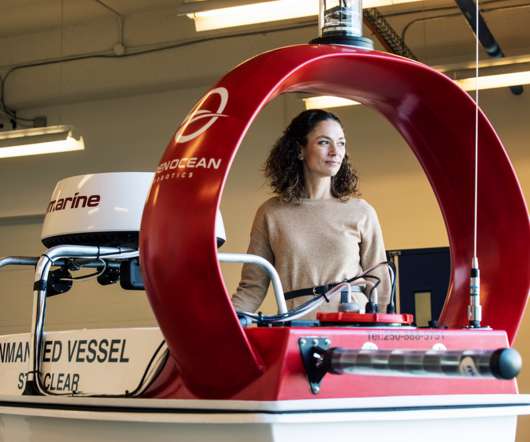New MIT metal-mesh membrane could solve longstanding problems with liquid metal displacement batteries; inexpensive grid power storage
Green Car Congress
JANUARY 25, 2018
A battery, based on electrodes made of sodium and nickel chloride and using thea new type of metal mesh membrane, could be used for grid-scale installations to make intermittent power sources such as wind and solar capable of delivering reliable baseload electricity. Al 2 O 3 membrane. —David Sadoway.












Let's personalize your content